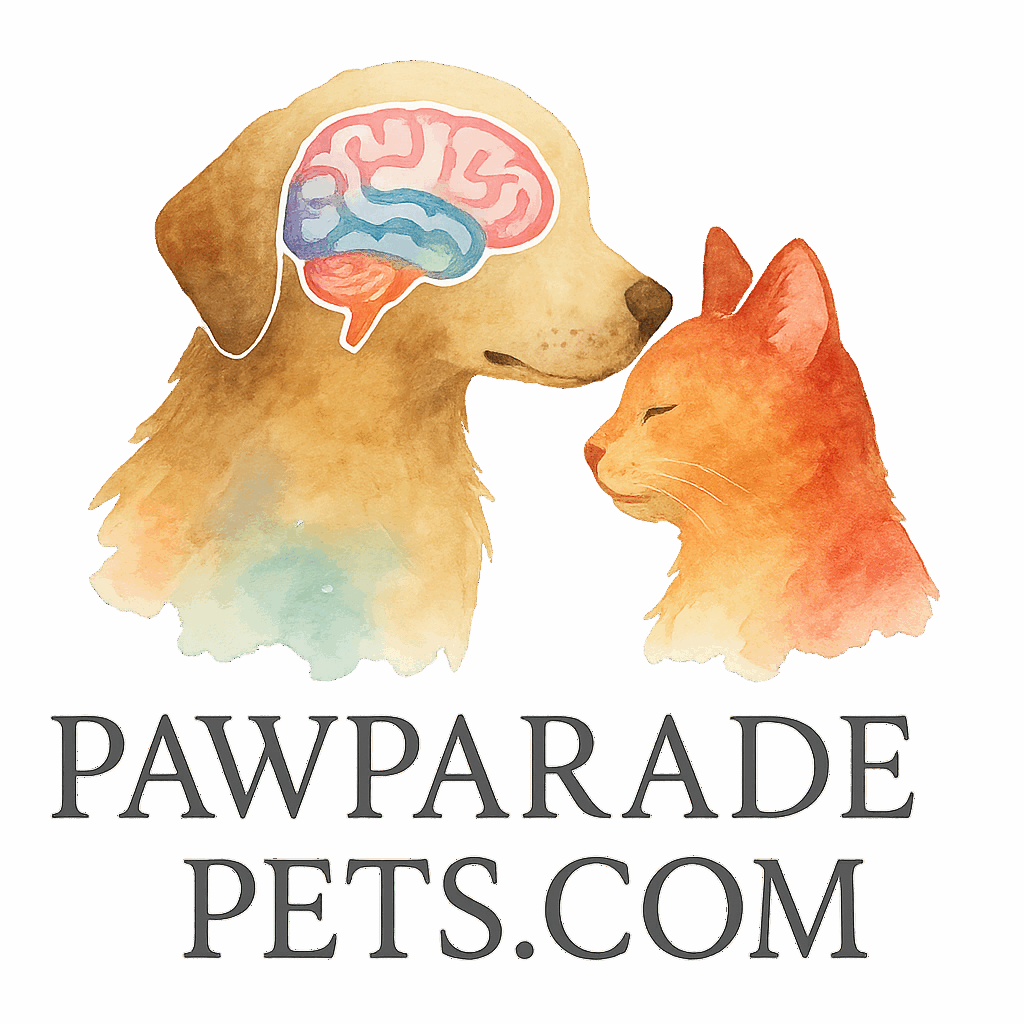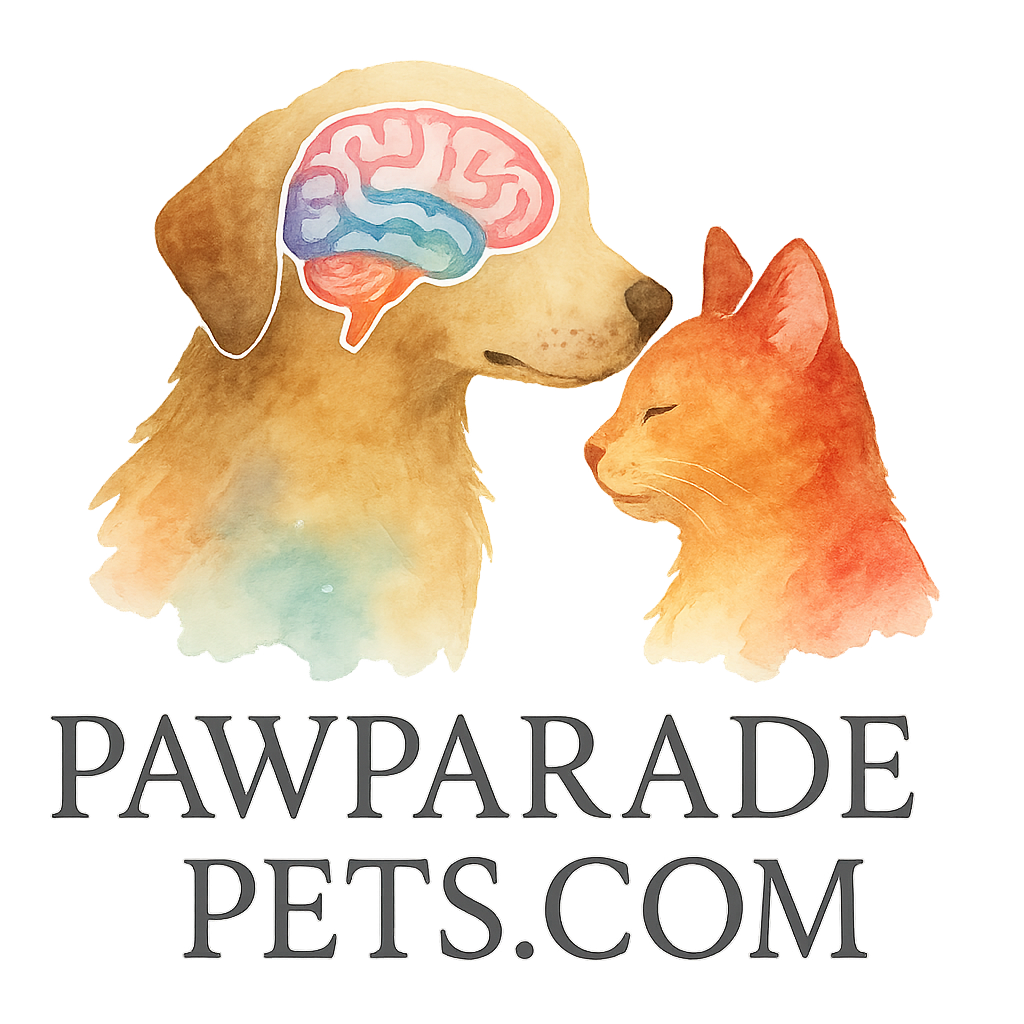Introduction: Why Brain Training Matters for Pets
If you think brain training is only for humans, think again! Just like us, pets need mental workouts to stay sharp, happy, and well-behaved. Physical exercise alone isn’t enough. That’s where puzzle-based routines for brain training come in—they challenge your pet’s mind, prevent boredom, and strengthen the bond between you and your furry companion.
In this guide, we’ll dive into 7 puzzle-based routines for brain training for pets that are fun, engaging, and proven to boost your pet’s intelligence.
Understanding Puzzle-Based Brain Training
What is Brain Training for Pets?
Brain training for pets is all about using structured activities, games, and puzzles to keep their minds active. Think of it like Sudoku or crosswords, but for your dog or cat. These activities involve problem-solving, memory, and concentration, which help prevent destructive behavior and improve obedience.
Learn more about the foundations of brain training basics to understand why mental workouts are as vital as physical walks.
Benefits of Puzzle Routines for Mental Stimulation
- Prevents boredom and destructive chewing or scratching
- Builds confidence in shy or anxious pets
- Enhances obedience and responsiveness to commands
- Promotes problem-solving skills
- Improves emotional well-being
Want to dive deeper into the benefits of brain training? Explore our benefits hub.
The Science Behind Brain Training for Pets
Cognitive Development in Pets
Dogs, cats, and even small animals like rabbits can improve their cognitive skills with consistent brain exercises. Studies show that puzzle play enhances memory retention and boosts problem-solving abilities.
How Puzzle Routines Improve Behavior
Boredom is often the root cause of unwanted behaviors like excessive barking, digging, or scratching furniture. Puzzle routines redirect that energy into productive problem-solving, which results in calmer, happier pets.
Learn more about managing behavior at our behavior & obedience section.
Puzzle Routine 1: Food Dispensing Toys
Why Food Puzzles Work
Food is the ultimate motivator for most pets. Food-dispensing toys make your pet “work” for their meal, engaging their brain while satisfying their belly.
Step-by-Step Guide to Using Food Puzzles
- Start with an easy toy, like a treat ball.
- Show your pet how it works by rolling it and letting a treat fall out.
- Gradually increase the difficulty by using tighter openings.
Best Food Puzzle Toys for Beginners
- Kong Classic
- Treat-dispensing balls
- Snuffle mats
Find more tools and toys for brain training.
Puzzle Routine 2: Hide and Seek with Treats
How to Set Up a Hide-and-Seek Game
Hide treats around the house or in the backyard and let your pet sniff them out. Start easy, then gradually increase the challenge.
Benefits of Treat-Hiding Games
This game stimulates their natural hunting instincts and sharpens problem-solving. Plus, it’s an indoor activity that works even on rainy days.
For more fun pet-friendly games and activities, check out our activity guides.
Puzzle Routine 3: Interactive Puzzle Boards
Choosing the Right Puzzle Board
Puzzle boards with sliding covers, levers, and compartments are perfect for pets who love solving mysteries. Choose one with adjustable difficulty to grow with your pet’s skills.
Increasing Difficulty Over Time
Start with simple puzzles and slowly add layers of complexity. This keeps your pet engaged without overwhelming them.
Puzzle Routine 4: Shell Game for Pets
Teaching Your Pet the Classic Shell Game
Place a treat under one of three cups, shuffle them around, and encourage your pet to find it.
Cognitive Benefits of the Shell Game
This game improves memory, focus, and observational skills. Plus, it’s a low-cost option you can play anywhere.

Puzzle Routine 5: Tug-A-Treat Challenge
Combining Physical and Mental Stimulation
Attach a treat to the end of a tug toy. Your pet must figure out how to tug or manipulate it to release the reward.
DIY Tug-and-Treat Puzzle
- Tie a cloth around a treat ball.
- Let your pet pull the cloth to access the snack.
- Gradually make it trickier to encourage persistence.
Puzzle Routine 6: Obedience Commands with Puzzle Rewards
Turning Training into a Puzzle Routine
Instead of just giving treats for commands, hide the treat in a puzzle toy. Your pet has to obey first, then solve the puzzle to earn the reward.
Encouraging Focus Through Command Games
This not only reinforces obedience but also teaches patience and self-control. Learn more about obedience training.
Puzzle Routine 7: Advanced Cognitive Challenges
Introducing Multi-Step Puzzles
Once your pet masters the basics, introduce puzzles that require multiple actions—like opening a latch before sliding a cover.
When to Move to Advanced Routines
If your pet solves beginner puzzles too quickly, it’s time for advanced cognitive challenges.
Tools and Toys to Support Puzzle Training
Must-Have Brain Training Devices
- Interactive treat dispensers
- Puzzle feeders
- Smart gadgets for pets
Check our list of gadgets and devices designed for puzzle play.
Affordable DIY Options
Don’t want to spend much? Use cardboard boxes, muffin tins, or plastic bottles to create engaging DIY puzzles at home.
Common Mistakes to Avoid in Puzzle Training
Overcomplicating Too Soon
Pets can get frustrated if puzzles are too difficult. Start small and increase the challenge gradually.
Not Rotating Games and Toys
Repetition can lead to boredom. Rotate puzzles weekly to keep your pet excited and curious.
How to Keep Puzzle Training Fun and Engaging
Mixing Games to Prevent Boredom
Alternate between food puzzles, hide-and-seek, and tug challenges to keep things fresh.
Incorporating Playtime into Routines
Combine puzzle play with exercise sessions for a complete mental and physical workout. Explore more fun activities to spice up your pet’s routine.
Conclusion
Puzzle-based routines for brain training are more than just games—they’re powerful tools to boost your pet’s intelligence, behavior, and happiness. By mixing different challenges, rotating toys, and adjusting the difficulty, you can keep your furry friend sharp and engaged for years to come.
Want to explore more? Check out Paw Parade Pets for guides, toys, and activities designed to keep your pet’s brain buzzing.
FAQs
1. How often should I do puzzle training with my pet?
At least 10–15 minutes daily is recommended for effective results.
2. Can cats benefit from puzzle-based brain training too?
Absolutely! Cats love treat-dispensing toys and hunting-style puzzles.
3. What if my pet gets frustrated with a puzzle?
Step back to an easier challenge and gradually build their confidence.
4. Are puzzle toys safe for all pets?
Yes, as long as you choose size-appropriate toys and supervise playtime.
5. How long does it take to see behavior improvements?
Many owners notice positive changes within a few weeks of consistent training.
6. Can I make DIY puzzles instead of buying them?
Definitely! Simple household items like boxes or cups can make excellent puzzle games.
7. What’s the best puzzle routine for beginners?
Start with food-dispensing toys or the classic shell game—they’re simple yet highly rewarding.


